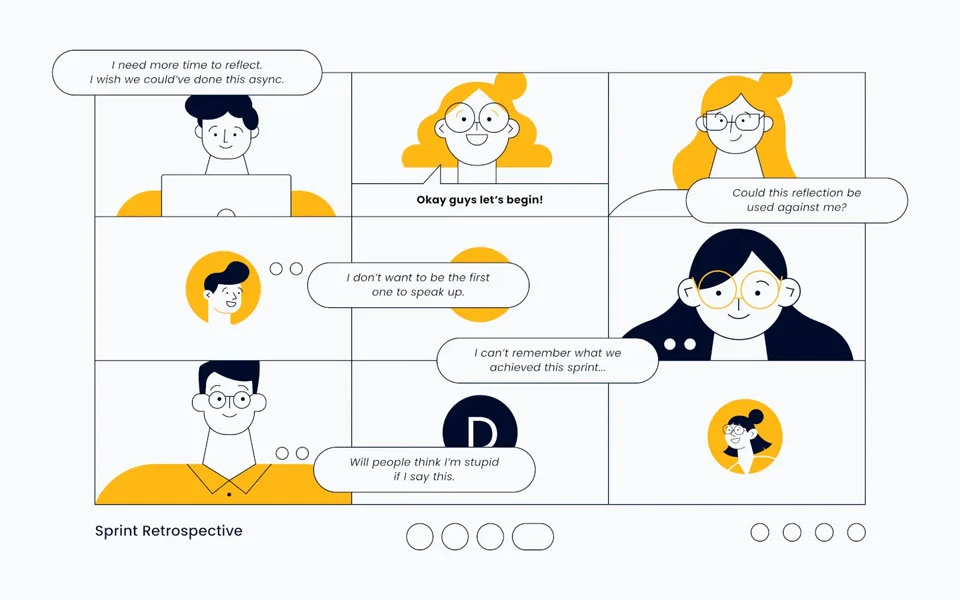In the fast-paced world of modern business, teams are the lifeblood of success. They are responsible for innovation, problem-solving, and productivity. However, even the most talented teams can benefit from regular introspection and improvement. This is where retrospective meetings come into play, serving as a powerful tool for enhancing team development and driving success. In this unique article, we will delve into the world of retrospective meetings, uncovering their significance, and exploring how they can lead to better team development.
What are Retrospective Meetings?
Retrospective meetings, often referred to as retros, are a structured, time-bound practice in Agile project management. They provide teams with a dedicated space and time to reflect on their recent work, discuss what went well, what could have been done differently, and how to improve in the future.
The Significance of Retrospective Meetings
Retrospective meetings are not just another corporate ritual; they are a powerful catalyst for team development. Here’s why they matter:
1. Continuous Improvement
Retrospectives foster a culture of continuous improvement. They encourage teams to seek out areas where they can do better and make incremental changes, which, over time, lead to significant advancements.
2. Open Communication
In retros, team members are encouraged to express their thoughts and opinions openly. This transparent communication builds trust and strengthens team bonds.
3. Accountability
By examining their own performance and contributions, team members become more accountable for their actions. This personal responsibility contributes to higher standards and more significant results.
4. Adaptability
Retrospectives promote adaptability. In an ever-changing business landscape, teams need to be agile, and retrospectives help them pivot, refine strategies, and stay ahead of the curve.
The Retrospective Process
Running an effective retrospective meeting requires a well-defined process. Here’s a simplified breakdown of the typical retrospective process:
1. Set the Stage
Begin the retrospective by setting the stage. Explain the purpose and rules of the meeting. Create a safe and non-judgmental space for sharing.
2. Gather Data
Teams review data related to the project, including performance metrics, project timelines, and individual observations. This data serves as a foundation for the discussion.
3. Generate Insights
Encourage team members to share their insights about what went well, what didn’t, and any opportunities for improvement. Use techniques like “Start-Stop-Continue” or “3Ls” (Liked, Learned, Lacked) to structure the discussion.
4. Prioritize Actions
Once the insights are shared, the team collectively decides on the most critical actions to take for improvement. These should be specific, measurable, achievable, relevant, and time-bound (SMART).
5. Close the Retrospective
End the meeting by summarizing the key takeaways, thanking the team for their contributions, and setting the date for the next retrospective.
Tips for Effective Retrospectives
To ensure that retrospective meetings drive team development, consider these tips:
-
Rotate the facilitator role to ensure diverse perspectives.
-
Keep retrospectives short and focused to maintain engagement.
-
Ensure that action items are followed up on and tracked.
-
Encourage participation from all team members, including introverts.
-
Foster a positive atmosphere by emphasizing constructive criticism.
In Conclusion
Retrospective meetings are not just about reflecting on past experiences; they are about forging a path to a brighter future. By embracing this powerful Agile practice, teams can enhance their development, improve their performance, and, ultimately, achieve greater success. So, as you embark on your journey towards team excellence, remember that retrospectives are the compass that keeps you on the right course. Reflect, improve, and succeed!
